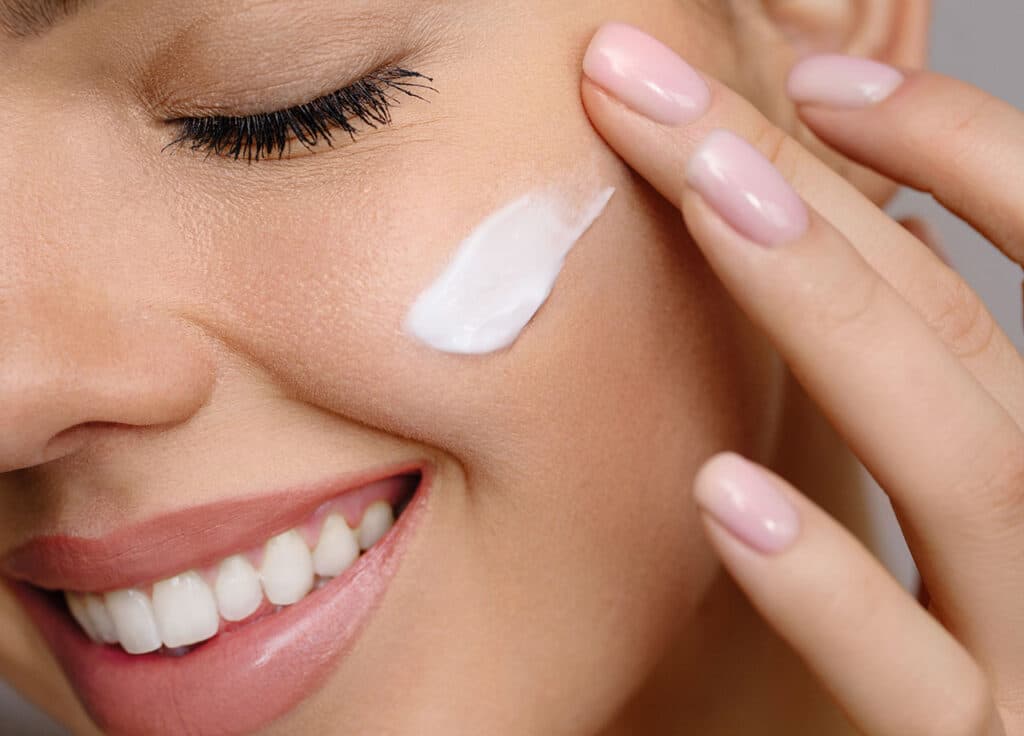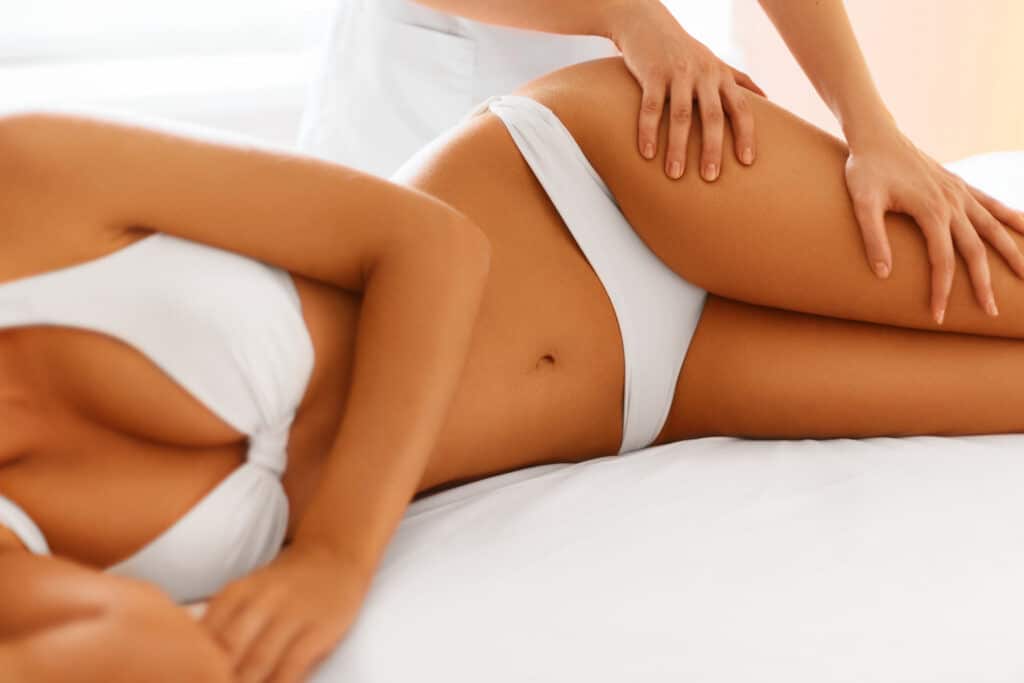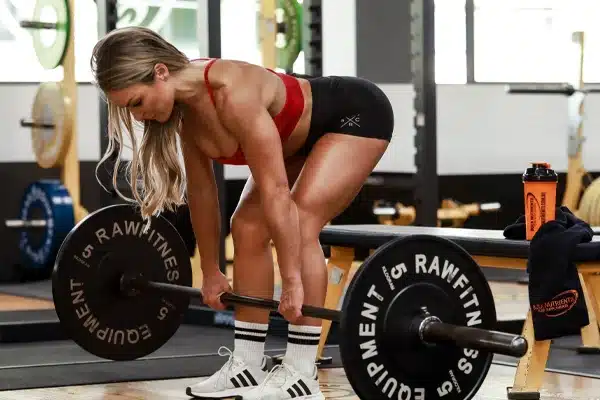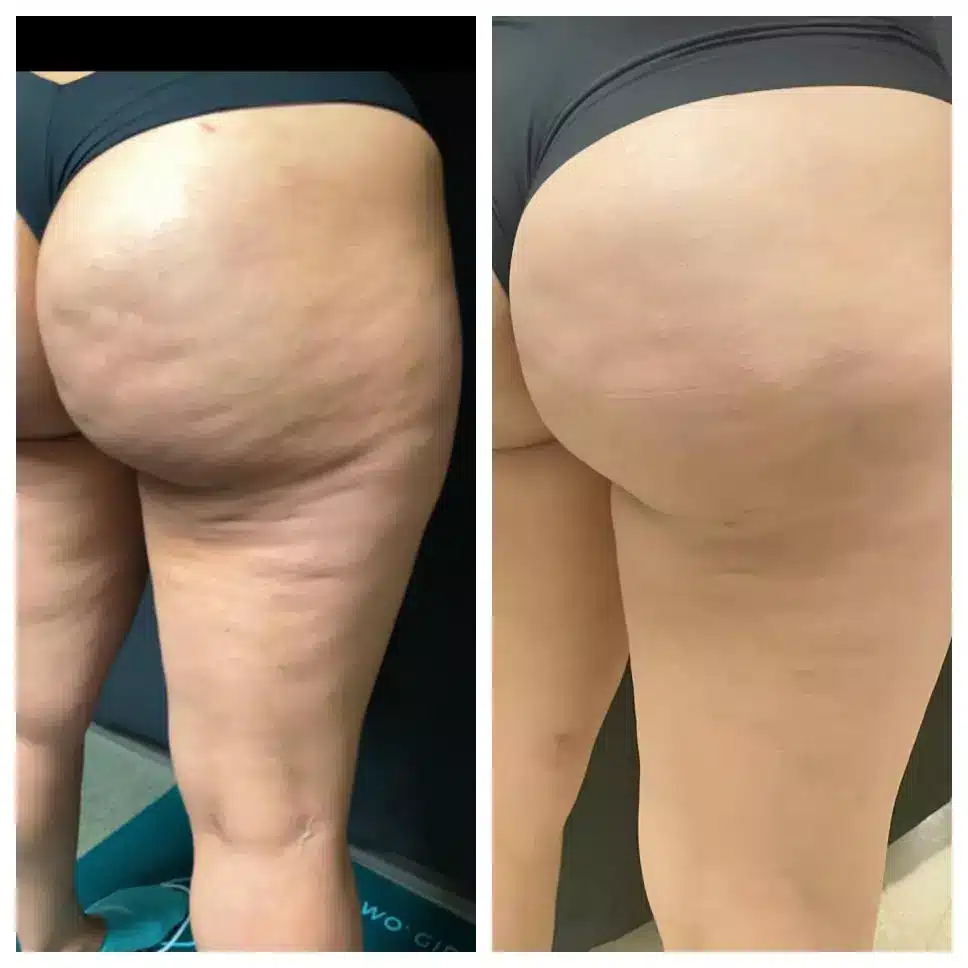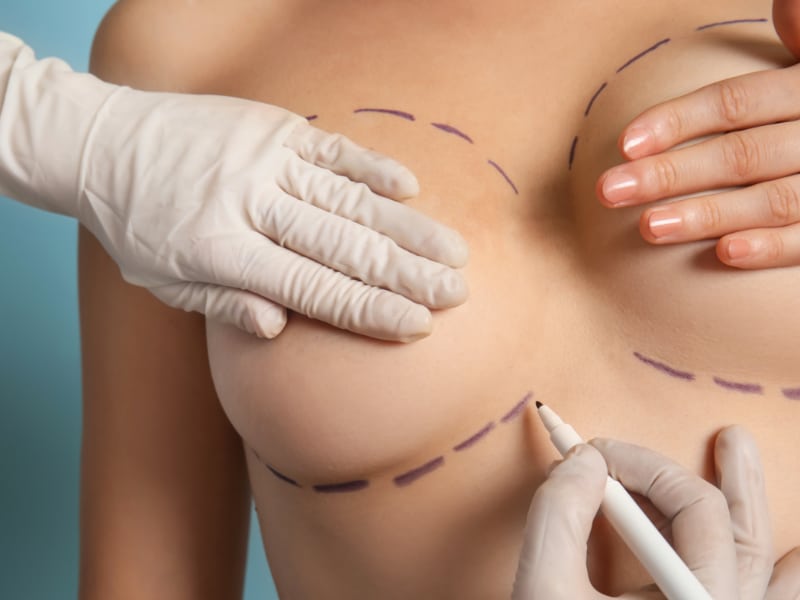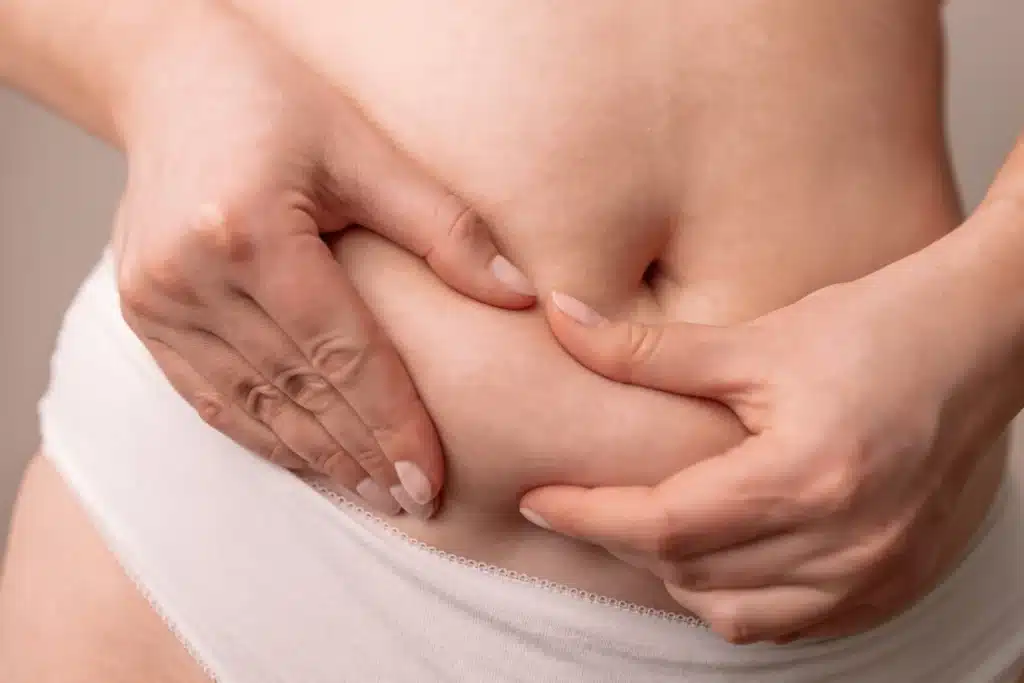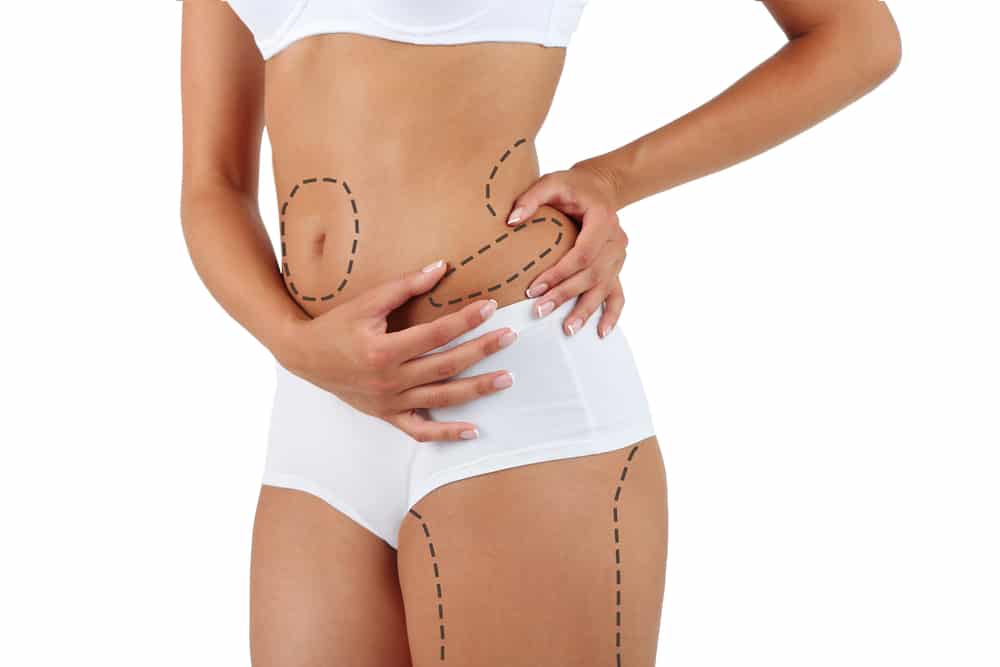Cosmetic surgery myths debunked are everywhere, creating confusion and fear. Many believe these procedures are only for the rich or that they always lead to unnatural results. The truth is different. Cosmetic surgery can enhance self-confidence and improve quality of life for many people. Misconceptions about safety and recovery often hold individuals back from exploring their options. Understanding the facts can change your perspective. This post will clear up common myths, revealing the real benefits and realities of cosmetic surgery. You’ll gain insight into cosmetic procedures and plastic surgery procedures, helping you debunk plastic surgery myths and navigate plastic surgery fiction to make informed decisions.
Key Takeaways
- Cosmetic surgery is not the same as plastic surgery; understanding the differences helps in making informed choices about procedures.
- The belief that cosmetic surgery leads to an unnatural look is a myth; skilled surgeons can create natural results tailored to individual features.
- Cosmetic procedures are becoming more accessible, allowing people from various financial backgrounds to consider options that were once limited to the wealthy.
- Cosmetic surgery is for everyone, regardless of gender; awareness of this fact can help break down stereotypes and encourage open discussions.
- The idea that cosmetic surgery only provides temporary results is misleading; many procedures offer long-lasting effects with proper care and maintenance.
- Pain and recovery times vary by procedure, so it’s essential to research and consult with specialized surgeons to set realistic expectations.
Understanding Cosmetic vs Plastic Surgery
Definitions
Cosmetic surgery focuses on enhancing appearance. It aims to improve features such as the face, breasts, or body shape in plastic surgery fiction. This type of surgery is elective and often pursued for aesthetic reasons.
Plastic surgery, on the other hand, includes both cosmetic and reconstructive procedures. Reconstructive surgeries repair defects or injuries. They restore function and appearance due to trauma, congenital issues, or disease, as seen in plastic surgery fiction.
Roles of Surgeons
Plastic surgeons play a vital role in both aesthetic and reconstructive surgeries. They undergo extensive training in plastic surgery fiction to perform a variety of procedures. A qualified plastic surgeon can address cosmetic needs while also handling complex reconstructive cases.
Surgeons often hold memberships in professional organizations. These memberships ensure they stay updated on the latest techniques, standards, and plastic surgery fiction. Many complete a plastic surgery fellowship to gain specialized skills.
Patient Goals Matter
Understanding patient goals is crucial in determining the right type of surgery. Patients seeking cosmetic surgery usually have specific aesthetic desires. They may want to reduce wrinkles, enhance breast size, reshape their nose, or explore plastic surgery fiction.
Reconstructive surgery patients often seek restoration after trauma or medical conditions. Their goals focus on regaining function and improving quality of life. For example, someone with a cleft palate requires reconstructive surgery for both appearance and speech clarity.
Common Misconceptions
Many plastic surgery myths exist that confuse potential patients. Some believe all plastic surgeries are purely cosmetic. This misconception overlooks the vital role of reconstructive procedures.
Another myth suggests that all results from cosmetic surgery are perfect. While many achieve excellent outcomes in plastic surgery fiction, results vary based on individual circumstances. Factors like skin type, healing ability, and surgeon skill affect final results.
Importance of Consultation
Consultation with a plastic surgeon is essential before any procedure. Surgeons evaluate patient needs and discuss options available. They explain the differences between cosmetic and reconstructive plastic surgery approaches clearly.
Patients should ask about the qualifications of their surgeon. Understanding the difference between a cosmetic-focused practice and one that also specializes in plastic surgery reconstruction is important.
Debunking Unnatural Look Myth
Modern Techniques
Surgeons today use advanced techniques to achieve a natural look. These methods focus on subtle enhancements, like plastic surgery, rather than drastic changes. For instance, minimally invasive procedures like the endoscopic brow lift provide results that blend seamlessly with a person’s features.
Many patients worry about an unnatural appearance after surgery. This concern often stems from outdated practices seen in media, such as plastic surgery. However, skilled surgeons now prioritize aesthetics and individual characteristics. They aim for results that enhance one’s beauty without changing their identity.
Personalized Plans
Every patient is unique. Surgeons create personalized surgical plans based on individual features. These plans consider factors like skin type, bone structure, and facial symmetry. This tailored approach ensures that the results of plastic surgery fit the patient’s natural aesthetic appearance.
For example, a rhinoplasty may vary greatly among patients. Some want a more refined nose through plastic surgery, while others prefer a slight adjustment. Surgeons discuss these goals during consultations. They take time to understand each patient’s needs and expectations.
Patient-Surgeon Communication
Effective communication between patients and surgeons is crucial. Patients need to express their desires clearly. Surgeons must explain what can realistically be achieved through surgery. This dialogue helps align expectations with outcomes.
Misconceptions about cosmetic surgery often lead to unrealistic goals. Patients may think they will look like someone else after surgery. Instead, the truth is that surgery enhances existing features rather than creating new ones.
Surgeons encourage open discussions about concerns and desired results. They educate patients on the potential outcomes based on their unique anatomy. This understanding reduces anxiety and builds trust.
Common Misconceptions
Several common misconceptions exist regarding cosmetic surgery. One is that all surgeries result in an unnatural look. In reality, many people achieve beautiful results that appear effortless.
Another misconception is that all surgeries are the same across different individuals. Each procedure varies based on personal factors like age and health history. Education plays a vital role in dispelling these myths.
The Role of Experience
Experience matters in achieving natural results. Many surgeons undergo years of training before performing procedures independently. Their education includes both technical skills and artistic sensibility.
Patients should research their surgeons’ backgrounds thoroughly. Reviews and before-and-after photos can provide insight into their work quality.
Accessibility Beyond Wealth
Financing Options
Cosmetic surgery has become more accessible due to various financing options. Many clinics now offer payment plans. These plans allow patients to pay for procedures over time. This flexibility makes surgeries affordable for many individuals.
e facilities partner with financial institutions to provide loans specifically for cosmetic procedures. Patients can choose terms that fit their budgets. This means people no longer need to save large sums upfront.
Competitive Pricing
The trend of competitive pricing is changing the landscape of cosmetic surgery. Clinics are adjusting their prices to attract a wider audience. They understand that affordability is key to reaching different socioeconomic groups.
Discounts and promotions have become common in the industry. Some clinics even offer package deals that combine multiple procedures at a lower rate. This strategy increases the number of patients who can access these services.
Inclusivity Across Groups
Cosmetic surgery now encompasses a broader range of individuals. It is not just for the wealthy anymore. Procedures are increasingly available to people from various backgrounds.
This shift reflects changes in societal perceptions of beauty and self-improvement. Many individuals seek to enhance their appearance for personal reasons, not just social pressures. As a result, the industry has adapted to meet these evolving needs.
In recent years, there has been a rise in diverse representation within media campaigns related to cosmetic surgery. These campaigns showcase real people rather than idealized models. This approach helps normalize the idea that everyone deserves the chance to improve their confidence and overall well-being.
Advancements in Technology
Advancements in technology have also contributed to making cosmetic surgery more accessible. New techniques require fewer resources and less recovery time. As a result, this reduces costs for both clinics and patients.
Minimally invasive procedures are gaining popularity due to their safety and effectiveness. These options often come with lower price tags compared to traditional surgeries. Patients can enjoy quicker results with less downtime.
Changing Perceptions
The perception of cosmetic surgery continues to evolve as well. People are increasingly viewing it as a form of self-care rather than vanity. This shift encourages more individuals to explore their options without fear of judgment.
As awareness grows, so does the understanding of what cosmetic surgery entails. Knowledge about different procedures empowers potential patients to make informed decisions. They realize that these options enhance their quality of life.
Cosmetic Surgery for All Genders
Rising Interest
Interest in cosmetic surgery is growing among all genders. Men increasingly seek cosmetic procedures to enhance their appearance. In recent years, statistics show a significant rise in male patients opting for these services. According to the American Society of Plastic Surgeons, men accounted for 13% of all cosmetic procedures in 2020. This trend reflects a broader acceptance of aesthetic enhancements.
Many men now view cosmetic surgery as a viable option for self-improvement. They desire to look younger and more confident. The stigma surrounding male cosmetic enhancements is fading. More men are openly discussing their experiences with plastic surgery.
Popular Surgeries
Certain surgeries have gained popularity among male patients. Rhinoplasty, or nose reshaping, stands out as one of the top choices. This procedure helps men achieve a more balanced facial profile. Liposuction also ranks high on the list. Many men choose it to eliminate stubborn fat areas that diet and exercise cannot address.
Other popular options include eyelid surgery and gynecomastia treatment. Eyelid surgery can rejuvenate the eyes, making them appear more youthful. Gynecomastia treatment reduces excess breast tissue, allowing men to feel more comfortable in their bodies.
Changing Perceptions
The perception of masculinity is evolving in relation to cosmetic surgery. Traditionally, society viewed self-care as primarily feminine. Today, many men embrace the idea that taking care of their appearance is part of being confident and healthy. This shift encourages more men to consider aesthetic surgery without fear of judgment.
Men are increasingly recognizing that self-care includes physical appearance. They understand that looking good can positively impact their personal and professional lives. As a result, they are willing to invest in cosmetic alterations.
Organizations such as the American Society of Plastic Surgeons support this change. They promote awareness about the benefits of cosmetic procedures for all genders. These organizations provide valuable resources and information about various plastic surgery options.
More plastic surgeons are adapting to this trend by offering tailored services for male patients. They understand the unique needs and concerns of these individuals. An excellent plastic surgeon will prioritize patient comfort and satisfaction throughout the process.
Exploring Permanent Results Myth
Aging Effects
Surgical outcomes may not be as permanent as many believe. Aging affects everyone differently. Over time, skin loses elasticity and volume. This change can alter the results of cosmetic procedures. For instance, a facelift may look great initially. Years later, sagging can occur, making the results less appealing.
Lifestyle choices also play a role. Factors like sun exposure, smoking, and diet impact skin health. A patient who follows a healthy lifestyle often maintains better results than someone who does not.
Skincare Importance
Ongoing skincare is crucial for maintaining aesthetic results. After surgery, proper care helps preserve the appearance achieved through the procedure. Regular moisturizing and sun protection are essential. These practices prevent premature aging and skin damage.
Patients should invest in high-quality skincare products. A good routine can make a significant difference in how long results last. Consulting with a dermatologist can provide tailored advice for individual needs.
Follow-Up Procedures
etimes, follow-up procedures are necessary to sustain desired appearances. Many people assume that one surgery will suffice for a lifetime. This is a myth. As time passes, some areas may require touch-ups or additional treatments.
For example, fillers may need to be reapplied every few months to maintain volume. Similarly, laser treatments can help address new skin issues that arise over time. Patients should discuss these possibilities with their surgeons during consultations.
Realistic Expectations
Setting realistic expectations is vital before undergoing any cosmetic procedure. Surgeons often emphasize that results vary from person to person. Understanding this can help manage hopes and avoid disappointment later.
Discussing concerns openly with a surgeon can clarify what to expect post-surgery. This dialogue ensures patients are informed about potential changes over time.
Specialized Surgeons and Their Roles
Importance of Specialization
Choosing a surgeon who specializes in the specific procedure is crucial. Different surgeries require different skills. A plastic surgeon focuses on reconstructive and aesthetic procedures. An aesthetic surgeon, on the other hand, may concentrate on cosmetic enhancements. Selecting the right type of doctor can significantly affect the outcome of the surgery.
Specialization leads to better expertise. Surgeons with focused training have more experience in their area. They understand the intricacies involved in various procedures. This knowledge translates into improved patient safety and satisfaction. Patients benefit from surgeons who know how to handle specific tissues and complications related to their specialty.
Expertise and Outcomes
Surgeons who specialize in certain procedures often achieve higher success rates. For instance, a surgeon performing breast augmentations regularly will likely have refined techniques compared to a generalist. This expertise reduces risks associated with surgeries.
Aesthetic surgeons also stay updated on the latest techniques and technologies. They understand how to use advanced tools effectively. Their continuous education helps them adapt to new trends in cosmetic surgery. This commitment ensures patients receive the best possible care.
Research and Consultations
Patients should conduct thorough research before choosing a surgeon. Online reviews and testimonials can provide insight into a surgeon’s reputation. Checking credentials is essential too. Look for board certification in plastic or aesthetic surgery.
Consultations offer an opportunity to ask questions about the procedure. During these meetings, patients can gauge the surgeon’s communication style and comfort level. It’s vital to feel at ease with the doctor performing the surgery.
Patients should also inquire about the operating room environment. A certified facility adheres to strict safety standards. Knowledge of post-operative care, including antibiotic use, is another critical factor. Surgeons should explain how they manage recovery and potential complications.
The Role of Trust
Trust plays a significant role in this process. Patients must feel confident in their surgeon’s abilities. Open communication fosters this trust. Surgeons should be willing to discuss all aspects of the surgery, including risks and realistic outcomes.
Understanding a surgeon’s approach helps patients make informed decisions. Knowing their focus areas allows individuals to align their goals with the surgeon’s expertise.
Pain and Recovery Time Facts
Recovery Expectations
Patients often worry about the pain levels associated with cosmetic surgery. Realistic expectations are essential. Most surgeries cause discomfort, but pain management has improved significantly. Patients may experience mild to moderate pain initially. This usually subsides within a few days. Many report feeling better after a week.
Recovery times vary based on the procedure. For instance, a facelift typically requires two to three weeks for initial healing. Liposuction may take one to two weeks for noticeable recovery. Understanding these timelines helps patients prepare for their post-operative journey.
Advancements in Pain Management
Pain management techniques have advanced over the years. Surgeons now use nerve blocks and local anesthesia more effectively. These methods reduce pain during and after surgery. Patients often require fewer opioids, which lowers the risk of addiction.
New medications also aid in managing pain more effectively. Non-steroidal anti-inflammatory drugs (NSAIDs) can be used to control swelling and discomfort. Some clinics offer multimodal approaches, combining various methods for optimal relief.
Importance of Post-Operative Care
Following post-operative care instructions is crucial for recovery. Surgeons provide detailed guidelines for patients to follow. These instructions help reduce complications and promote healing.
Patients should rest and avoid strenuous activities during the initial recovery phase. Ice packs can minimize swelling and bruising. Staying hydrated and eating nutritious foods supports the healing process.
Regular follow-up appointments allow surgeons to monitor progress. They check for signs of infection or other issues. Adhering to these appointments ensures that patients remain on track for a smooth recovery.
Healing Process Insights
The healing process is unique for each patient. Factors like age, overall health, and lifestyle choices impact recovery times. Younger patients typically heal faster than older individuals. Those who maintain a healthy lifestyle often experience smoother recoveries.
In some cases, patients may feel pressure to return to normal activities quickly. This can lead to setbacks in healing. It’s essential to listen to one’s body and not rush the process.
Comparing Noninvasive and Surgical Outcomes
Noninvasive Procedures
Noninvasive procedures offer several benefits. They typically involve less risk compared to surgical options. Patients often experience shorter recovery times. Common treatments include Botox injections, chemical peels, and laser therapy. These methods can improve the look of skin without significant downtime.
However, noninvasive treatments may not provide permanent results. Many require repeat sessions to maintain effects. For example, Botox lasts about three to six months before needing reapplication. This can lead to higher long-term costs for patients seeking lasting changes.

Surgical Procedure
Surgical procedures tend to deliver more dramatic outcomes. They can address significant abnormalities or body changes that noninvasive methods cannot fix. For instance, reconstructive procedures can repair severe scarring or reshape body parts after trauma. Results from surgeries are often longer-lasting or even permanent.
The risks associated with surgery are greater. Complications can arise during or after the procedure. Recovery time is usually longer, requiring careful planning. Patients must consider these factors when deciding on a surgical option.
Patient Goals
Patient goals play a crucial role in choosing between noninvasive and surgical methods. Individuals looking for subtle changes might prefer noninvasive procedures. These options allow patients to experiment with their look without major commitments.
On the other hand, those seeking significant transformations may lean towards surgical solutions. Understanding personal motivations helps guide this decision. Patients should assess what they hope to achieve with any treatment.
Complementary Approaches
Noninvasive options can complement surgical procedures effectively. For example, someone might choose surgery for a substantial change and use noninvasive treatments afterward for maintenance. Combining both approaches can enhance overall outcomes.
Patients should consult with qualified professionals to explore all available options. Knowledge about each type of procedure empowers individuals to make informed choices about their bodies.
Assessing Risks and Safety Measures
Common Risks
Cosmetic surgery carries several risks. These include infection, scarring, and complications from anesthesia. Patients may also experience dissatisfaction with results. Such outcomes can lead to the need for additional procedures.
Surgeons take steps to mitigate these risks. They follow strict protocols during surgery. They use sterile techniques to reduce the chance of infection. Pre-surgical assessments help identify potential complications early on.
Selecting Surgeons
Choosing a board-certified surgeon is crucial for safety. The American Society of Plastic Surgeons (ASPS) recommends verifying credentials. Board-certified surgeons undergo rigorous training in plastic surgery. This training prepares them to handle complex situations.
Patients should research their surgeon’s background and experience. Reading reviews and asking for referrals can provide insight into their practices. A qualified surgeon will prioritize patient care and safety.
Pre-Surgical Assessments
Pre-surgical assessments play a vital role in minimizing complications. These assessments often include blood tests and health evaluations. They help determine if patients are suitable candidates for specific procedures.
Informed consent is another essential step before surgery. Patients must understand the risks involved in their chosen interventions. Surgeons should explain the procedures clearly, including potential dangers.
Post-Operative Care
Post-operative care is just as important as preparation. Patients need to follow aftercare instructions carefully to ensure proper healing. Medications may be prescribed to manage pain and prevent infections.
Regular follow-ups with the surgeon can help monitor recovery progress. These visits allow for early detection of any complications that may arise.
Insurance Considerations
Insurance coverage can be a concern for many patients considering cosmetic surgery. Most insurance plans do not cover elective procedures. Patients should verify their coverage before undergoing surgery.
Understanding the financial aspects can alleviate stress during recovery. Discussing payment options with the surgical office is advisable.
Final Remarks
You’ve gained insights into cosmetic surgery myths. Understanding the truth behind these misconceptions helps you make informed choices. Cosmetic surgery is not just for the wealthy or a specific gender; it’s accessible and tailored for everyone. Knowing the facts about safety, recovery, and results empowers you to embrace your journey confidently.
Don’t let myths hold you back. Whether considering a procedure or just curious, stay informed and challenge the stereotypes. Explore your options with a trusted professional. Your well-being and satisfaction matter most. Take action today—research, ask questions, and discover what cosmetic surgery can do for you!
Frequently Asked Questions
What is the difference between cosmetic and plastic surgery?
Cosmetic surgery focuses on enhancing appearance, while plastic surgery repairs or reconstructs physical defects. Both fields aim to improve quality of life but serve different purposes.
Will cosmetic surgery make me look unnatural?
No, when performed by a skilled surgeon, cosmetic surgery can enhance your natural features. The goal is to achieve a balanced and harmonious look tailored to individual aesthetics.
Is cosmetic surgery only for the wealthy?
Not at all! Many financing options exist, making cosmetic surgery accessible to a broader audience. Clinics often provide payment plans to accommodate various budgets.
Can people of all genders undergo cosmetic surgery?
Yes, cosmetic surgery is for everyone. Increasingly, individuals of all genders seek procedures to enhance their appearance and boost confidence.
Are the results from cosmetic surgery permanent?
Many procedures offer long-lasting results, but some may require maintenance or follow-up treatments. Discuss your goals with your surgeon for clarity on expected outcomes.
How painful is cosmetic surgery?
Pain levels vary by procedure and individual tolerance. Most patients report manageable discomfort, and surgeons typically prescribe pain relief to aid recovery.
What safety measures are in place during surgery?
Reputable clinics prioritize patient safety with thorough pre-operative evaluations, sterile environments, and experienced staff. Always choose certified surgeons and accredited facilities for peace of mind.


